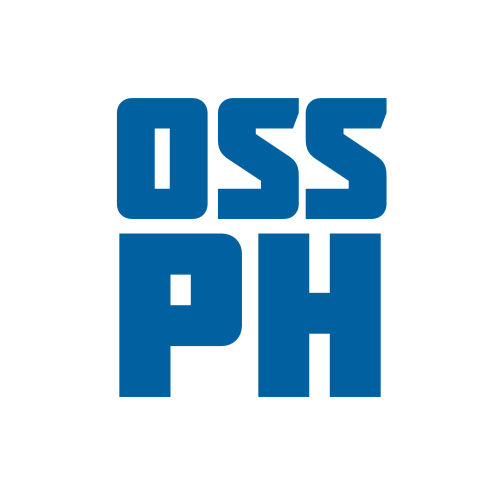Open source vs. closed source: Pros and cons
In the world of software development, there are two main approaches to creating and distributing software: open source and closed source. Each approach has its own set of advantages and disadvantages, and which one is best for a particular project depends on a variety of factors.

In the world of software development, there are two main approaches to creating and distributing software: open source and closed source. Each approach has its own set of advantages and disadvantages, and which one is best for a particular project depends on a variety of factors. In this blog post, we'll explore the pros and cons of open source and closed source software, and provide examples to illustrate each.
Open Source Software
Open source software is software that is freely available to use, modify, and distribute. The source code, or the instructions that make the software work, is open and available for anyone to view and modify. This means that developers can collaborate and contribute to the software, which can lead to faster development and better quality software. Open source software is often built using a community-driven approach, with a group of developers contributing their time and expertise to create something that benefits everyone.
Pros of Open Source Software
- Community Support: One of the biggest advantages of open source software is the support of a community of developers. This means that when issues arise, there is a group of people who can help fix the problem, and users can contribute to the development of the software by submitting bug reports, patches, and feature requests.
- Transparency: Because the source code is open, it's possible to see exactly how the software works. This means that security vulnerabilities are easier to spot, and users can be sure that there are no hidden backdoors or other malicious code.
- Cost: Open source software is often free, or available at a much lower cost than closed source software. This means that it's accessible to a wider range of users, and can be a cost-effective solution for businesses and organizations.
Cons of Open Source Software
- Lack of Support: Because open source software is often developed by a community of volunteers, there may be less support available than with closed source software. This means that users may have to rely on forums or online documentation to find solutions to issues.
- Quality Control: While the community-driven approach can lead to faster development and innovation, it can also lead to a lack of quality control. With so many people contributing to the code, it can be difficult to maintain a consistent level of quality across the entire software.
- Fragmentation: With so many different versions of the software available, it can be difficult to ensure that everyone is using the same version with the same features and functionality.
Example of Open Source Software
One of the most well-known examples of open source software is the Linux operating system. Linux is a free and open source operating system that is used by millions of people around the world. Because the source code is open, developers are able to create their own versions of Linux, called distributions, that cater to specific needs or preferences.
Closed Source Software
Closed source software, also known as proprietary software, is software that is owned by a company or individual, and the source code is kept secret. This means that users are not able to view or modify the code, and are only able to use the software as it is provided by the owner. Closed source software is often used by businesses and organizations, as it can provide a more stable and reliable solution than open source software.
Pros of Closed Source Software
- Quality Control: With a closed source model, the owner of the software has complete control over the quality of the product. This means that they are able to maintain a consistent level of quality across the entire software.
- Technical Support: Because the software is owned by a company or individual, there is often a dedicated support team available to help users with any issues that may arise.
- Security: Closed source software can be more secure than open source software, as the source code is kept secret. This means that it's more difficult for hackers to find and exploit vulnerabilities in the code, as they don't have access to the underlying code.
Cons of Closed Source Software
- Lack of Transparency: Because the source code is not available, users are unable to see how the software works. This means that they may not be aware of any security vulnerabilities or other issues that may exist within the software.
- Cost: Closed source software is often more expensive than open source software, as users are required to pay for a license to use the software.
- Limited Customization: With closed source software, users are limited to the features and functionality that are provided by the owner of the software. This means that it can be more difficult to customize the software to meet specific needs or preferences.
Example of Closed Source Software
One example of closed source software is Microsoft Office. Microsoft Office is a suite of productivity software, including applications such as Word, Excel, and PowerPoint. The source code for these applications is owned by Microsoft, and is not available to the public. While Microsoft Office is a popular and widely used software suite, it is not customizable in the same way that open source software is.
Conclusion
Both open source and closed source software have their own set of advantages and disadvantages, and which one is best for a particular project depends on a variety of factors. Open source software is often community-driven and free, but may lack support and quality control. Closed source software, on the other hand, is more secure and reliable, but may be more expensive and less customizable. By understanding the pros and cons of each approach, developers and organizations can make an informed decision about which type of software to use for their projects.

